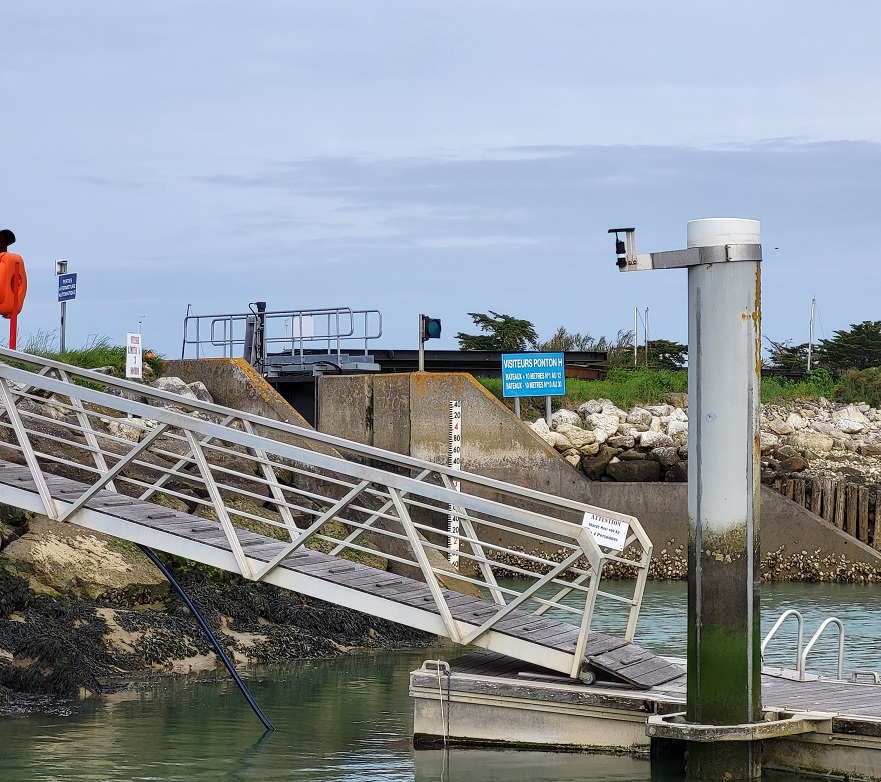Rechercher
On the use of SWOT altimetry data for monitoring coastal hydrodynamics
Satellite altimetry has proven highly effective for monitoring sea surface variability in open oceans and continental shelves, yet its extension to nearshore environments remains challenging.…
Evénement Benjamin du 2025-10-21 au 2025-10-25
La carte ci-dessous présente les hauteurs de surcotes de pleines mers maximales enregistrées. Les résultats sont issus de calculs automatiques non expertisés à partir de données d'…
GNSS-IR real-time water level retrieval method based on hybrid sliding window and LSTM
Real-time water level monitoring is of critical significance in flood disaster mitigation and water resource management. This paper proposes a real-time Global Navigation Satellite System…

Rattachement des mesures
À venir
Instruments
À venir
Choix du site
À venir
